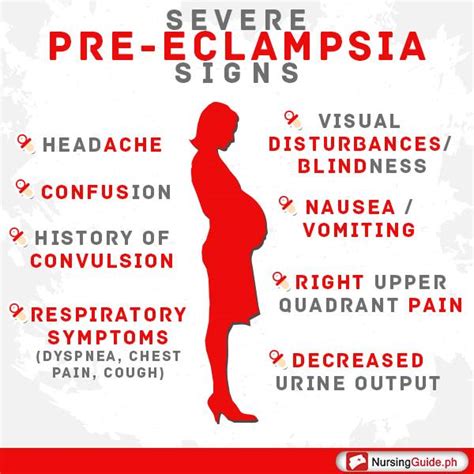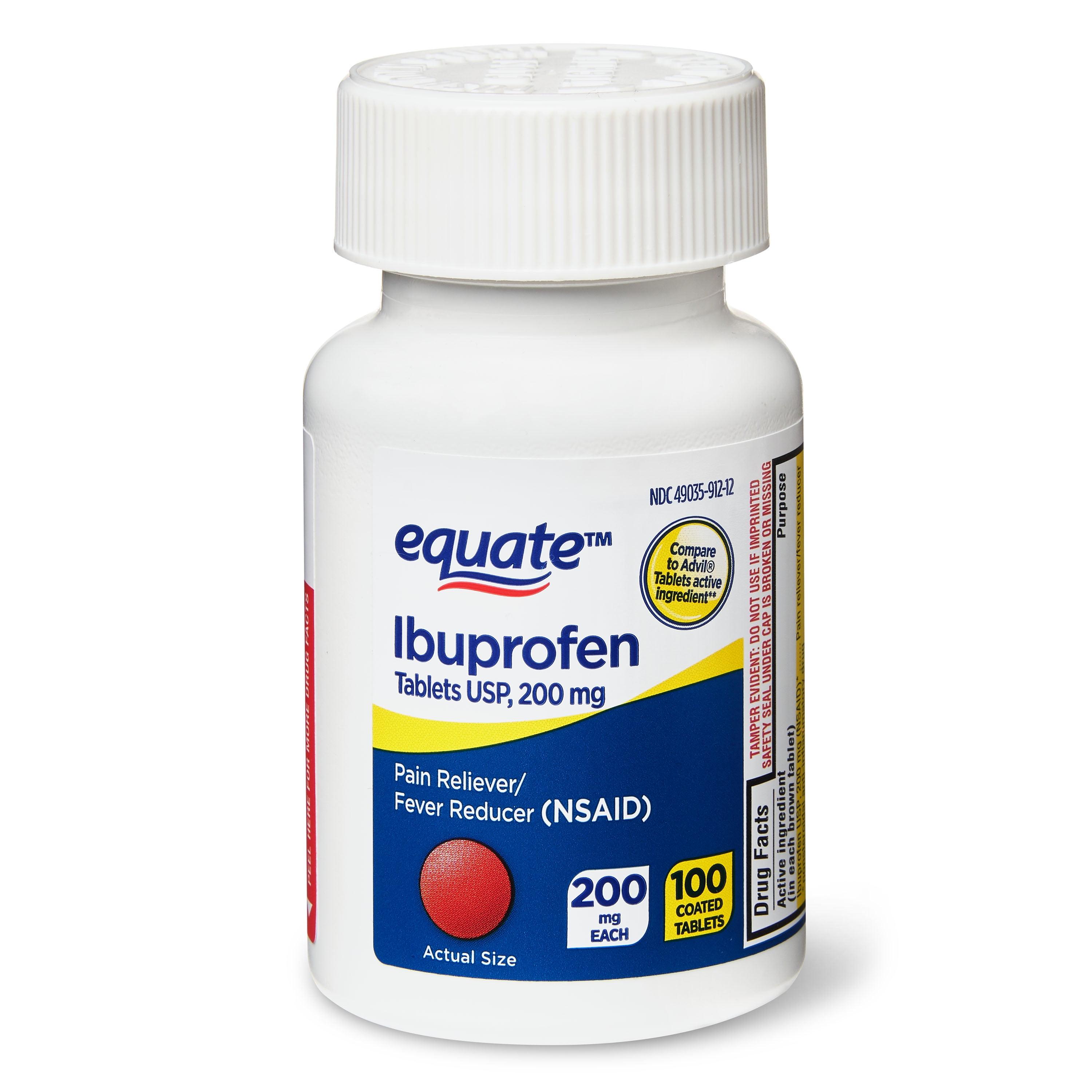Pre-eclampsia is a pregnancy complication characterized by high blood pressure and damage to organs such as the kidneys and liver. It typically develops after 20 weeks of gestation and can lead to severe complications for both the mother and the baby if left untreated. The condition affects approximately 2-8% of pregnancies worldwide, making it a significant concern for expectant mothers. Identifying the symptoms of pre-eclampsia early on is crucial for prompt medical intervention and preventing potential risks.
Understanding Pre-eclampsia
Pre-eclampsia is often described as a silent killer because it can develop without noticeable symptoms. However, there are several signs that may indicate its presence. High blood pressure is a primary characteristic, but since many women do not experience noticeable symptoms of high blood pressure, regular prenatal check-ups are vital for monitoring blood pressure levels.
Recognizable Symptoms
While pre-eclampsia may not always present with obvious symptoms, there are several indicators that women should be aware of:
- Severe Headaches: Persistent and severe headaches can be a sign of pre-eclampsia. These are often different from usual headaches and may not respond well to typical headache remedies.
- Vision Changes: Blurred vision, seeing spots, or experiencing sensitivity to light can indicate pre-eclampsia. These vision changes occur due to the high blood pressure affecting the blood vessels in the eyes.
- Nausea and Vomiting: After 20 weeks of pregnancy, new-onset nausea and vomiting could be a symptom of pre-eclampsia.
- Pain in the Upper Right Abdomen: This type of pain can be a sign that the liver is being affected by pre-eclampsia.
- Sudden Weight Gain: A rapid increase in weight over a short period can be indicative of pre-eclampsia, due to fluid retention.
- Swelling: While some swelling during pregnancy is normal, sudden or severe swelling of the face, hands, or feet could be a sign of pre-eclampsia.
Risk Factors
Understanding the risk factors for pre-eclampsia is crucial for early identification and management. Factors that increase the risk include:
- First Pregnancy: Women having their first baby are at a higher risk.
- Age: Women over 35 years old are at increased risk.
- Multiple Pregnancy: Carrying twins, triplets, or more increases the risk.
- History of Chronic Diseases: Conditions like high blood pressure, diabetes, kidney disease, or autoimmune disorders can increase the risk.
- Family History: A history of pre-eclampsia in the family, especially in the mother or sister, can increase the risk.
- Obesity: Being overweight or obese increases the risk of developing pre-eclampsia.
Managing and Preventing Pre-eclampsia
While there is no guaranteed way to prevent pre-eclampsia, regular prenatal care can help identify the condition early. Prenatal visits allow healthcare providers to monitor blood pressure and look for signs of pre-eclampsia. Maintaining a healthy lifestyle, including a balanced diet and regular physical activity, as advised by a healthcare provider, can also contribute to a healthy pregnancy.
For women identified with risk factors or early signs of pre-eclampsia, close monitoring and potential interventions such as bed rest, medication to lower blood pressure, or corticosteroids to promote fetal lung maturity may be recommended. In severe cases, delivery, even if premature, may be necessary to protect the health of the mother and the baby.
Conclusion
Pre-eclampsia is a serious condition that requires prompt recognition and management. By understanding the symptoms, risk factors, and engaging in regular prenatal care, women can work closely with their healthcare providers to minimize risks and ensure the best possible outcomes for themselves and their babies. Early identification and treatment are key to preventing the severe complications associated with pre-eclampsia.
What are the primary symptoms of pre-eclampsia that I should look out for during pregnancy?
+The primary symptoms include severe headaches, vision changes such as blurred vision or sensitivity to light, nausea and vomiting after 20 weeks of pregnancy, pain in the upper right abdomen, sudden weight gain, and severe swelling of the face, hands, or feet. It’s crucial to monitor these symptoms closely and report them to your healthcare provider.
How often should I have prenatal check-ups to monitor for pre-eclampsia?
+Prenatal check-ups should be scheduled as recommended by your healthcare provider, typically once a month until 28 weeks of gestation, then every two weeks until 36 weeks, and weekly thereafter until birth. However, if you have risk factors for pre-eclampsia, your healthcare provider may recommend more frequent visits.
Can pre-eclampsia be prevented through diet or lifestyle changes?
+While a healthy diet and regular physical activity can contribute to a healthy pregnancy, there is no guaranteed way to prevent pre-eclampsia through lifestyle changes alone. However, maintaining a healthy weight, eating a balanced diet, and staying hydrated can help minimize risks. It’s essential to follow the advice of your healthcare provider regarding diet and physical activity during pregnancy.
What are the potential complications of pre-eclampsia if left untreated?
+If left untreated, pre-eclampsia can lead to severe complications for both the mother and the baby. These include eclampsia (seizures), stroke, and other organ damages in the mother, and premature birth, low birth weight, and stillbirth for the baby. Prompt medical intervention is critical to prevent these outcomes.
How is pre-eclampsia diagnosed during pregnancy?
+Pre-eclampsia is diagnosed through regular prenatal check-ups, where blood pressure is monitored, and urine is tested for protein. If high blood pressure and protein in the urine are found, further tests such as blood tests to check for liver and kidney function may be conducted to confirm the diagnosis.



